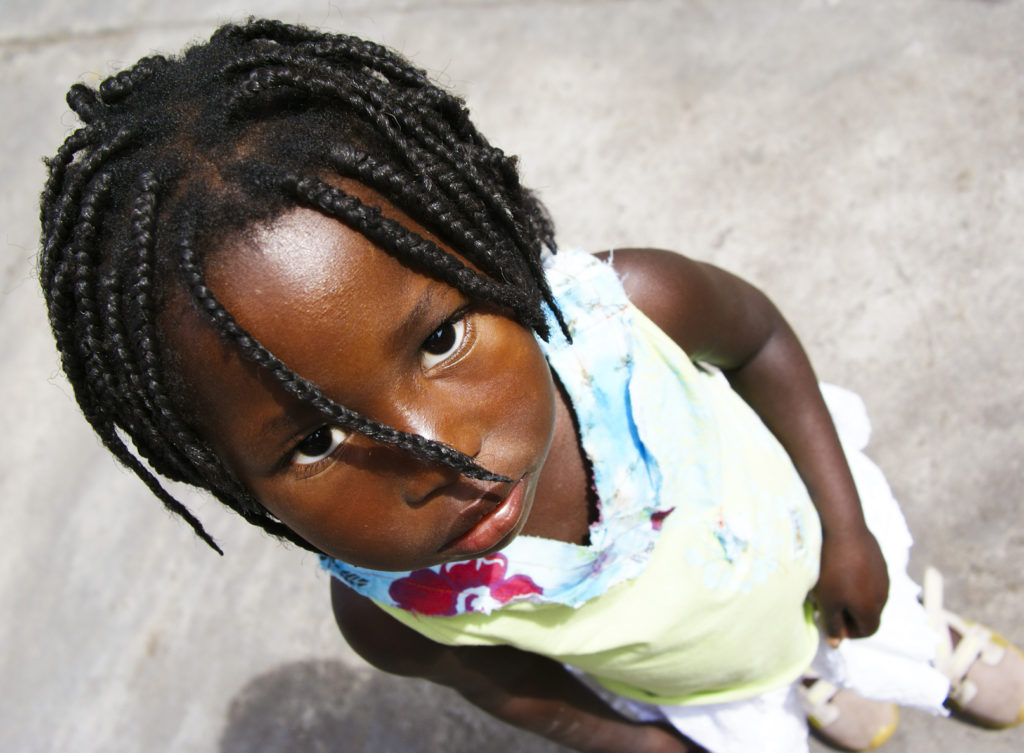When engaged with the child welfare system, one tends to focus on the negative – the drug-addicted mother, the negligent parent or the unexpected family tragedy that often sends children into foster care. Despite the difficult emotions that come with these situations, it must be remembered that the foster care system is intended as a place of hope, opportunity and growth for these young lives. This quarter, the Foster Success Spotlight falls on Cleo Bell.

Cleo Bell before accepting her award at the FAFS Recognition brunch.
A freshman at Chestnut Hill College, Cleo stands as a shining example of success in the wake of tragedy.
Her biological mother passed an addiction to crack cocaine to newborn Cleo, who was hospitalized for the first eight weeks of her life as a result. Thanks to Cleo’s maternal grandmother, her eventual adoptive mother, June, was informed of Cleo’s birth and circumstances. June jumped at this opportunity to care for Cleo. Continue reading






